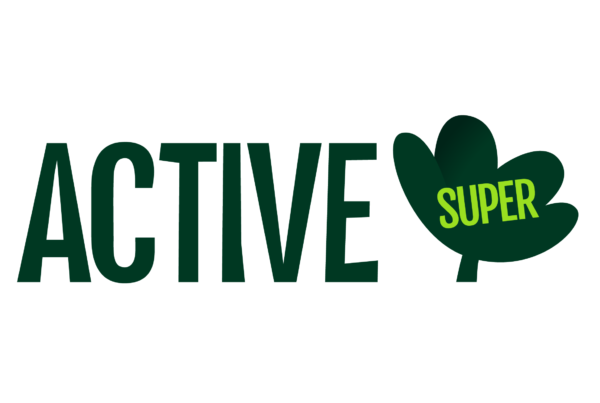Need a Creative Solution? Start with a Creative Problem Statement
Are you a big picture thinker or a detail devil, an intuitive problem solver or an analytical thinker?
Often we are asked to categorise ourselves, but I know from my experience I will often flip between any and all of these ways of approaching problems. I’m pretty confident that I am not the only one either, and happily, David Ludden Ph.D. from Psychology Today agrees (phew). In his article exploring ‘Are you an Intuitive or Analytical thinker?’, he asserts that:
“It’s important not to think of intuitive and analytical thinkers as two different types of people, since all of us are capable of both modes of reasoning.”
Some of us are just a little more in the habit of thinking one way more than the other.
But what I’ve always been curious about is, how do I help guide what method is used to solve a problem, be it a creative brief or business challenge?
It wasn’t until I recently attended a brilliant workshop with Nicole Velik from The Ideas Bodega that I had one of those ‘aha!’ moments that us in the marketing profession talk of constantly. Nicole pointed out that how you approach a problem is often very much influenced by how that problem is articulated. Sounds obvious doesn’t it, but how often do you expend effort creatively articulating a problem statement?
To illustrate the potential I’m talking about let me share an example:
I was recently talking with a client and the problem we were discussing was ‘how do we use our CRM tools to increase our up-sell of products by at least 20%?’ Before I knew it, my inner analyst took control of the situation and the answer was to look at inbound/outbound communications journeys, conversion rates and message testing – really breaking down the problem and looking at it from a dispassionate and formulaic way.
However, then I took Nicole’s advice and reframed the problem statement as ‘We are going to show 1 in 5 of ABC company’s favourite customers what they are missing out on by not using our latest product’. It was amazing the energy that I started to apply to the problem.
For me, this worked for a number of reasons;
- I could literally visualise the impact we were going to make. I could look around the room and see the ‘fifth’ person that I wanted to talk to. They were not a percentage point, they were someone that I could empathise with and as soon as I can empathise with someone then I am hardwired to care. This very phenomenon was studied by the University of Virginia back in 2013. They tracked the brain activity of people when they were under threat of shock to themselves and compared this with the reaction when a friend was in threat and again when a stranger was under threat. Interestingly, the study demonstrated that the reaction to a threat towards themselves and that of a friend was very similar. To our brains, if a friend is under threat then we are under threat! Now all those bar fights that start small and rapidly start to involve everyone else start to make some semblance of sense – psychologically speaking of course.
- I’ll admit it, I’m a bit of an emotional (some may even say sensitive) kind of guy, but again I’m pretty sure I’m not surrounded by a bunch of robots. Words like ‘favourite’ and ‘missing out’ really trigger FOMO. With these words we had established the possibility of the removal of something important to my new BFFs that I had just built up empathy with and that simply would not do. I wanted to fight to make sure they got the best.
- Last but not least, the oldest trick in the marketing book – the new and improved feature. A behaviour that every mobile phone company, car company and fashion house have used since day dot. Social status. Are you well off enough to have access to the latest?
It’s amazing the power of painting the right picture. No more was it a problem I had solved before, it was now a new one, one where I had psychological skin in the game. I was going to fight for those plucky favourite customers of company ‘ABC’.




